Is there any real reason not to make my own lamp cord?
talley_sue_nyc
13 years ago
Related Stories
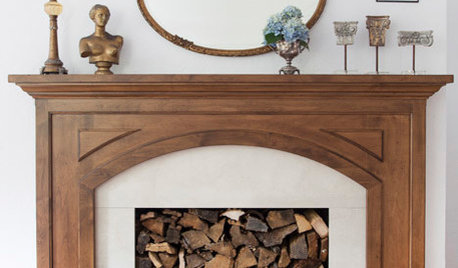
LIVING ROOMS8 Reasons to Nix Your Fireplace (Yes, for Real)
Dare you consider trading that 'coveted' design feature for something you'll actually use? This logic can help
Full Story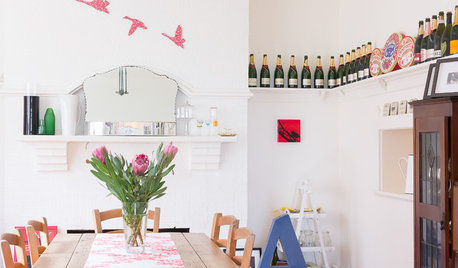
DECORATING GUIDESPersonal Spaces: Ideas for Making a Rental Your Own
Think creatively — and kiss your landlord if he or she allows you to paint those bare walls
Full Story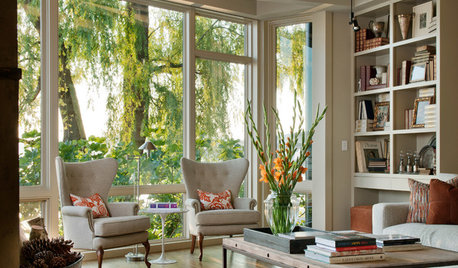
MOST POPULAR12 Key Decorating Tips to Make Any Room Better
Get a great result even without an experienced touch by following these basic design guidelines
Full Story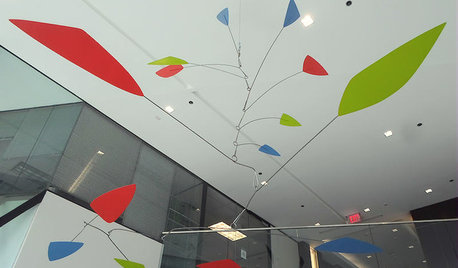
ARTFrom the Artist: How to Make a Real Mobile
It’s all in the balancing points: A top mobile designer shows how to create a Calder-inspired installation of your own
Full Story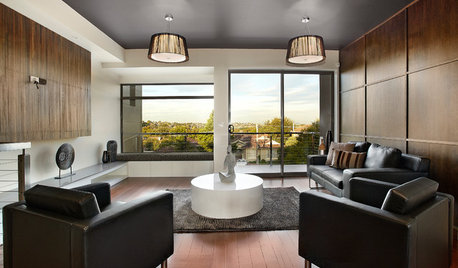
COLOR11 Reasons to Paint Your Ceiling Black
Mask flaws, trick the eye, create drama ... a black ceiling solves a host of design dilemmas while looking smashing
Full Story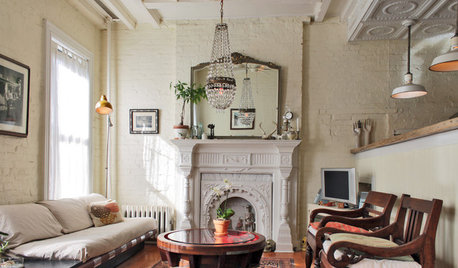
ECLECTIC STYLE5 Reasons to Hit That Secondhand Store
New things have their place, but old things have a history and beauty all their own
Full Story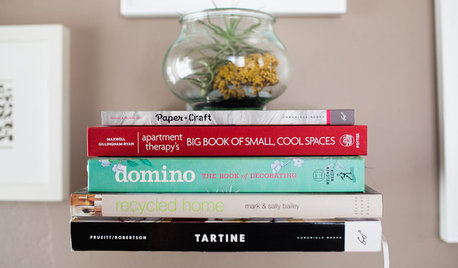
DECORATING GUIDES8 Reasons to Jump Off the DIY Bandwagon
You heard right. Stop beating yourself up for not making stuff yourself, and start seeing the bright side of buying from others
Full Story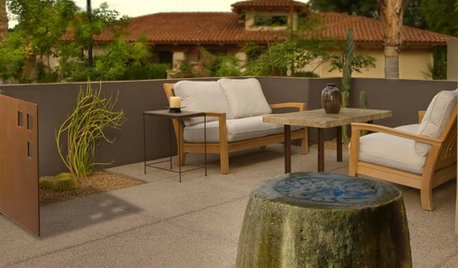
GREAT HOME PROJECTSMake Your Own Tranquil Garden Fountain
With this DIY water feature in your yard, serenity is just a few steps away
Full Story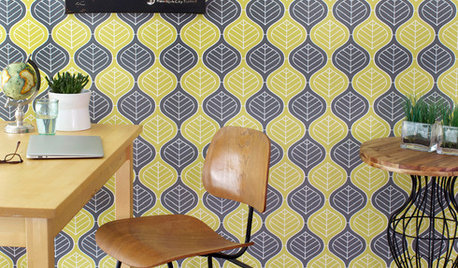
WALL TREATMENTSCan't Find the Right Wallpaper? Make Your Own
For one-of-a-kind walls, just use your imagination. Custom wallpaper is easier and less expensive than you might expect
Full Story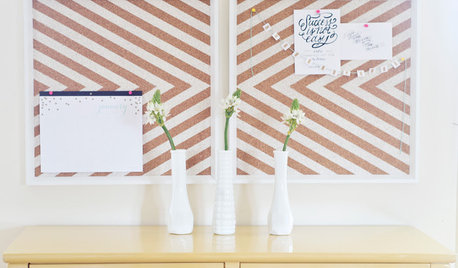
DIY PROJECTSGet Organized: Make Your Own Stylish Corkboard
New project for a new year: Craft an inexpensive custom pin board to keep papers, photos and more neatly at hand
Full StoryMore Discussions








Ron Natalie
talley_sue_nycOriginal Author
Related Professionals
Arizona City General Contractors · Bay Shore General Contractors · Fargo General Contractors · Medway General Contractors · Muskogee General Contractors · Tuckahoe General Contractors · Brockton Solar Energy Systems · Dracut Solar Energy Systems · Voorhees Solar Energy Systems · Coronado Home Automation & Home Media · Fort Collins Home Automation & Home Media · Goldenrod Home Automation & Home Media · Los Angeles Home Automation & Home Media · South Lake Tahoe Home Automation & Home Media · Stamford Home Automation & Home Mediatalley_sue_nycOriginal Author
ontariojer
kudzu9
Ron Natalie
talley_sue_nycOriginal Author
kudzu9
wayne440
talley_sue_nycOriginal Author
hendricus
talley_sue_nycOriginal Author
talley_sue_nycOriginal Author
kudzu9
talley_sue_nycOriginal Author
Ron Natalie
talley_sue_nycOriginal Author
Billl
talley_sue_nycOriginal Author
talley_sue_nycOriginal Author
talley_sue_nycOriginal Author
DavidR
ionized_gw
talley_sue_nycOriginal Author
Billl
talley_sue_nycOriginal Author
Billl
talley_sue_nycOriginal Author
wayne440
DavidR
talley_sue_nycOriginal Author
davidro1
davidro1
talley_sue_nycOriginal Author
Billl
talley_sue_nycOriginal Author
talley_sue_nycOriginal Author
fixizin
ionized_gw
davidro1
kudzu9
talley_sue_nycOriginal Author
ionized_gw